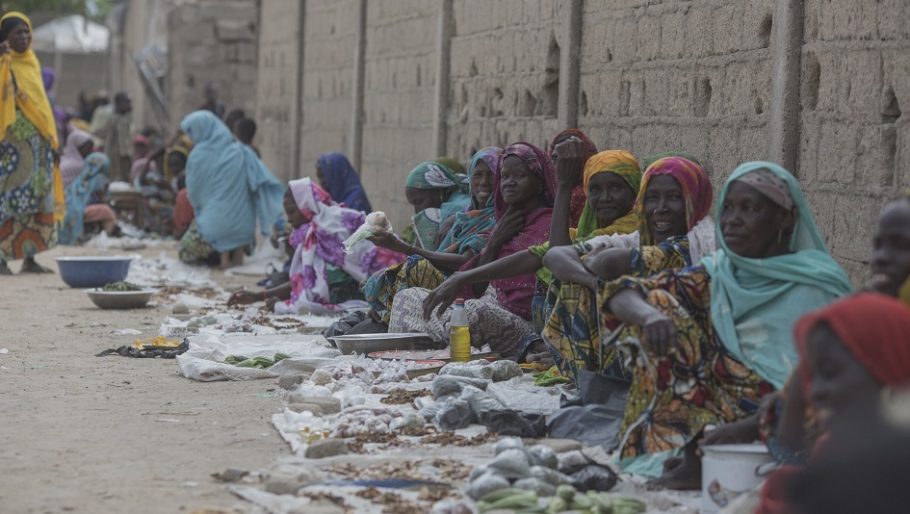Harmonising Data Systems for Cash Transfer Programming: Three key steps for Somalia

In a recent study commissioned by the Department for International Development, we conducted interviews with humanitarian agencies in emergency situations in Somalia to explore how they collect, analyse and share recipients’ identification and registration data in CVA. We also assessed existing standards, systems and guidelines, and presented the key opportunities and implications for harmonising data systems.
Our work highlighted not only the benefits of harmonising data systems – improving the efficiency, sustainability, transparency and cost of CVA – but also the risks that should be addressed from the outset: data privacy and protection breaches and data manipulation. The interviews collected also throw into sharp relief the technical and political challenges along the way.
“Our work highlighted not only the benefits of harmonising data systems – improving the efficiency, sustainability, transparency and cost of CVA – but also the risks that should be addressed from the outset: data privacy and protection breaches and data manipulation.”
Realising the potential of CVA in Somalia will mean harmonising data systems, and our study suggests that there are three key steps towards achieving this in practice.
1. Create an enabling environment
A robust identification system that allows matching and linking datasets across databases is essential for interoperability and data sharing. However, developing a foundational identification system for Somalia is facing significant financial, political and technical challenges [1]. In the short-term, therefore, a stop-gap measure is to develop an identification solution to detect potential duplication. In the medium and long-terms, a robust identification system that incorporates biometric technology should be established. It will be important for the government to work collaboratively with its partners – particularly Pakistan’s National Database and Registration Authority – to speed up the completion and rollout of the ongoing digital identification project.
The government should also work with development partners including UN agencies to develop policy and legal frameworks to guide the protection, sharing and use of personal data, including biometrics. Such legislation will play an important role in creating clarity on what should be shared to facilitate the establishment of enforceable data-sharing agreements. It will also support the establishment of a foundational identification system and facilitate development and operationalisation of an integrated beneficiary registry, as well as the potential set-up of a social registry in the long term. Implementing agencies must take measures that protect personal data and obtain adequate data sharing consent from cash assistance recipients
2. Improve collaboration and coordination
There are several initiatives to harmonise data systems in Somalia, but they are not well coordinated. They range from using harmonised registration forms, a common database and data sharing agreements under consortia; to bilateral agreements on sharing registration platforms; to efforts by donors to enhance interoperability; to the initiative by the government and World Bank to develop a unified registry. Collaboration and coordination among the actors involved in such initiatives should be promoted to avoid duplication of efforts in harmonising data systems, to promote peer learning, and to ensure that the initiatives contribute to a sustainable solution led by the government in the long-term.
Effective donor leadership through existing structures such as the recently established Donor Working Group could promote better collaboration and development of a shared objective for harmonising data systems.
3. Increase technical and financial support
Donors should prioritise provision of financial and technical support to facilitate a harmonised data system. Developing such a system is a technical process that requires expertise and financial resources that many humanitarian agencies lack. Agencies that are involved in CTPs are at different levels of technical maturity. For instance, while UN agencies such as the World Food Programme and the United Nations High Commissioner for Refugees are more advanced in their development of management information systems that have been used in different countries, other humanitarian agencies are either still trialling new systems or relying on simple Excel-based systems for registration and data management.
Furthermore, donors should provide support to the government. This should include building capacity within the government to develop, operate and manage an integrated beneficiary registry or social registry in the long-term, as well as to implement government-led social protection programmes and scaling up of response during emergencies.
[1] World Bank. 2016. Toward a Somalia identification system: ID4D diagnostic. Available at: http://pubdocs.worldbank.org/en/185701524689472792/Somalia-ID4D-Diagnostic-Web040418.pdf

 Author profile: Boniface Owino is an Analyst at Development Initiatives, where his work focuses on poverty, finance for development and humanitarian response.
Author profile: Boniface Owino is an Analyst at Development Initiatives, where his work focuses on poverty, finance for development and humanitarian response.
Main image credit: Sam Tarling- Oxfam


